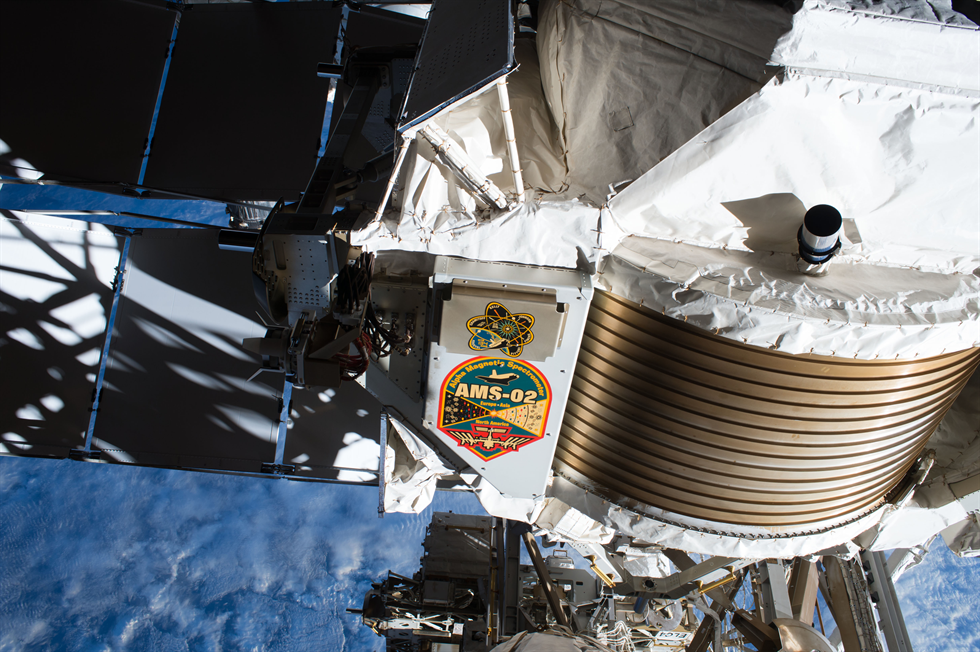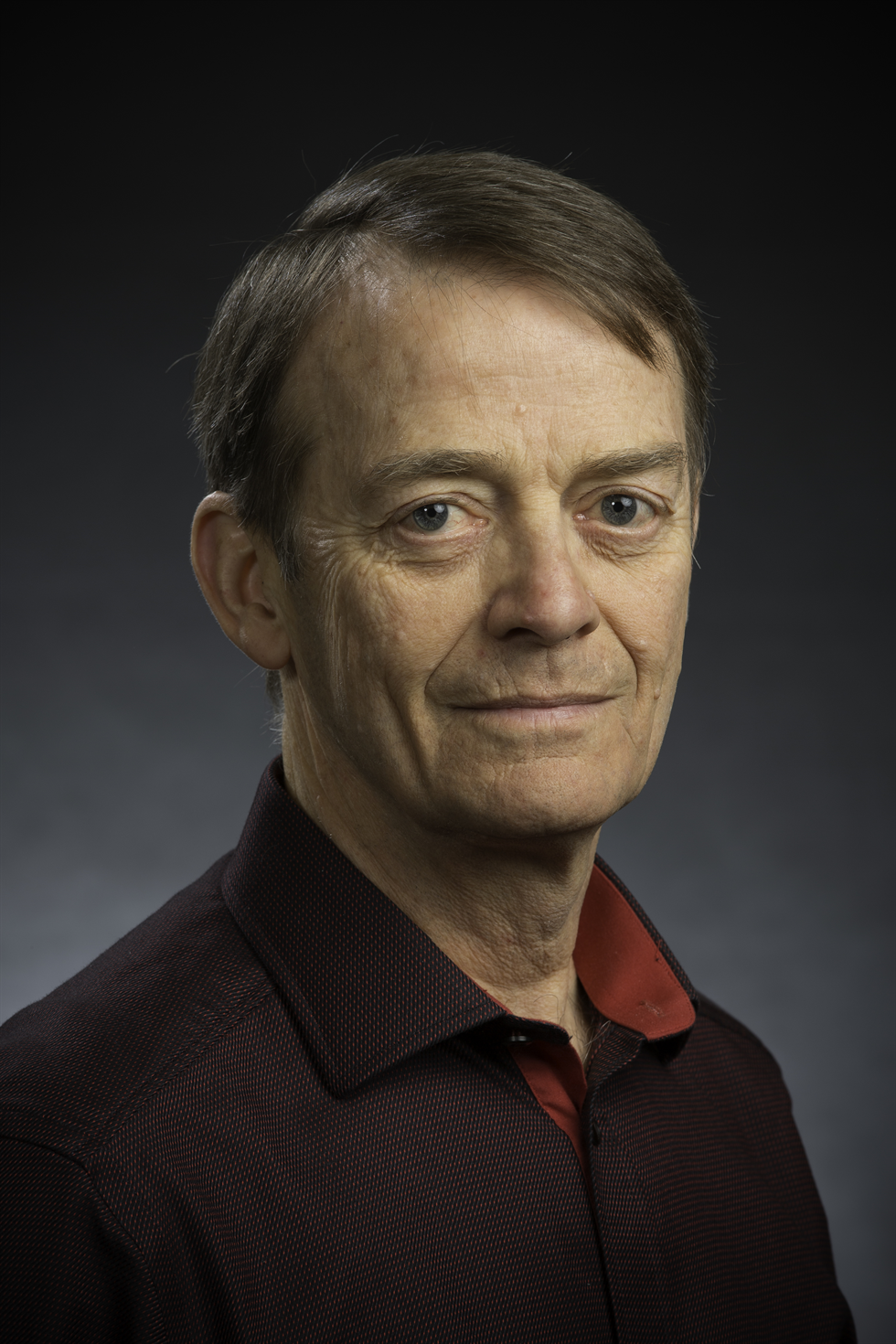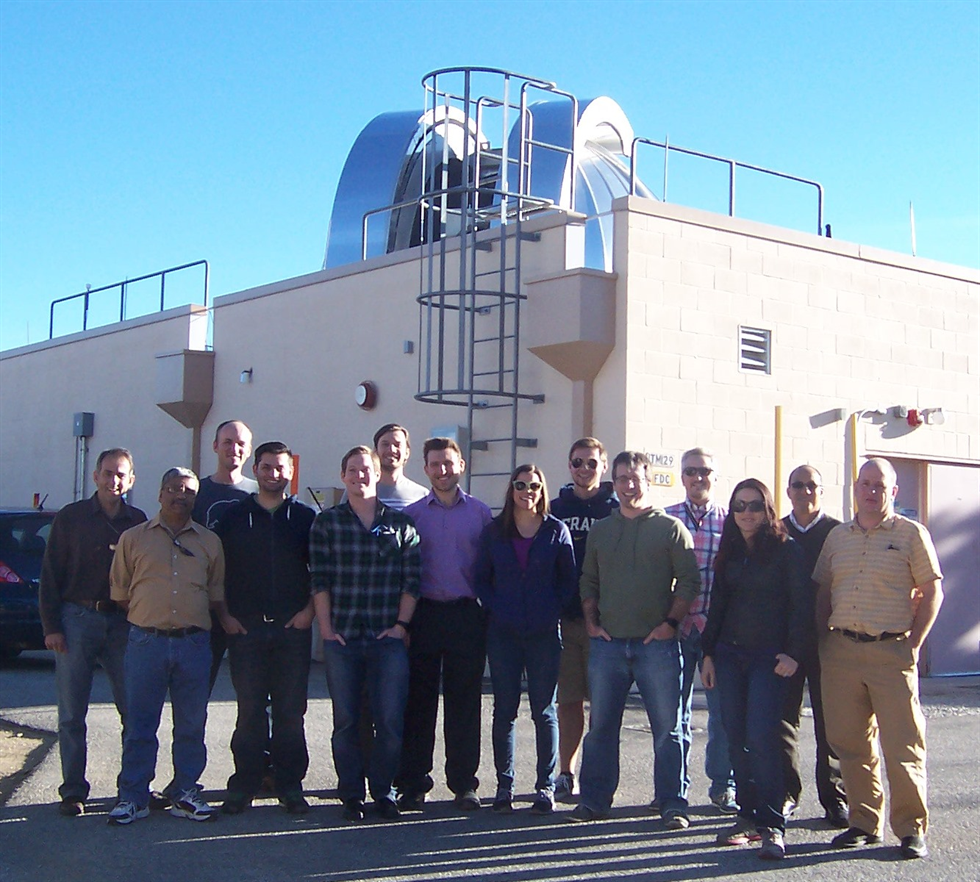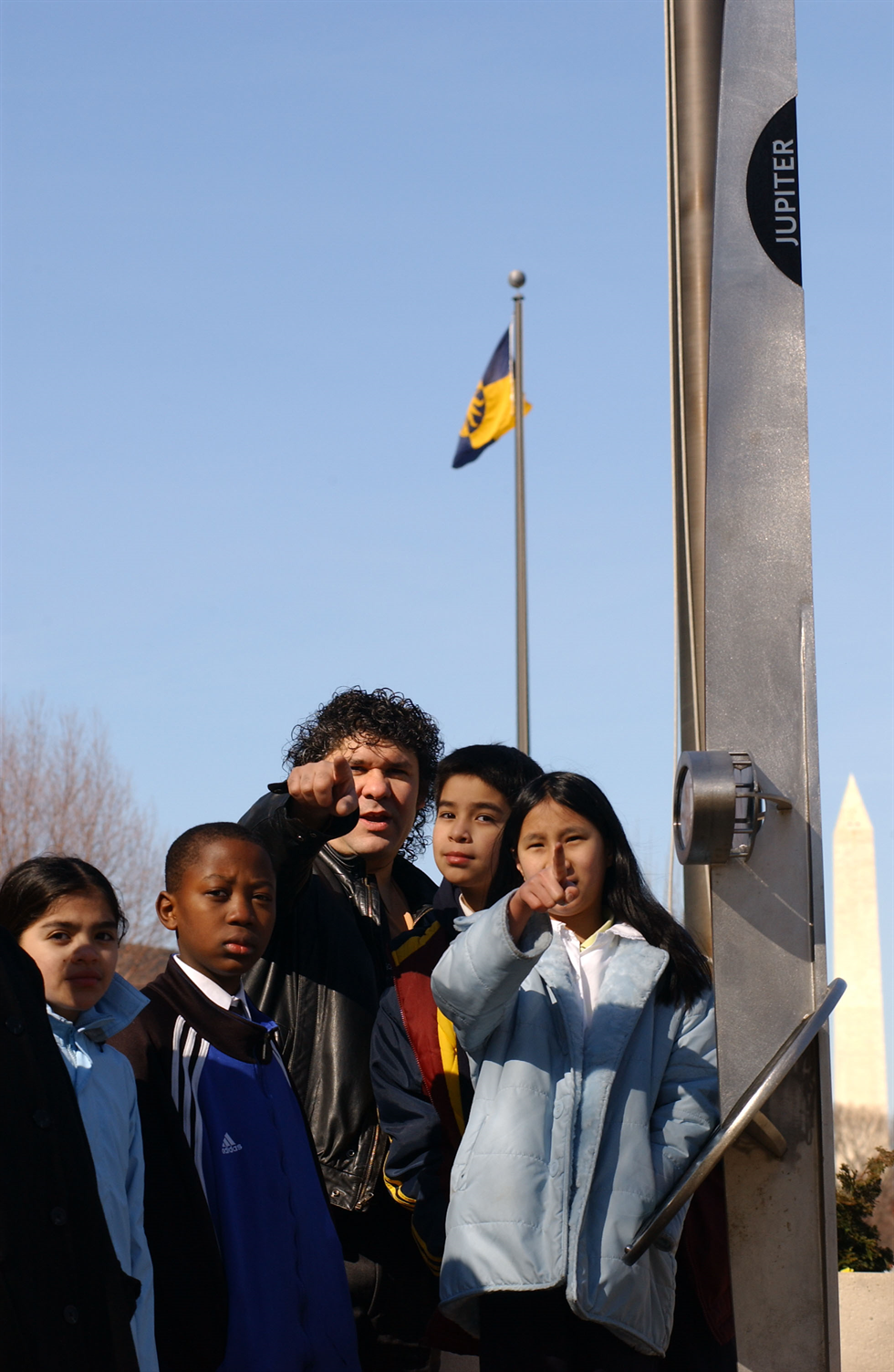Researchers receive honors for most compelling space station science in 2016
2017-07-24
In a year filled with captivating and groundbreaking experiments conducted on the International Space Station, four investigations were recognized for significant scientific results at the sixth annual ISS Research and Development (ISS R&D) Conference in Washington, D.C., on July 17.
“These selected awardees are elevating space science to a new level," said Julie Robinson, chief scientist for the International Space Station. "Their investigations provide insight to improve life on Earth while helping execute NASA's journey to Mars. This includes human research investigations improving our understanding of how space impacts the human body and the spacecraft we will use to reach destinations beyond the space station."
These investigations were honored in the Most Compelling Results category:
Hughson leads two investigations on space station crew members, studying the effects of long-duration spaceflight on the heart function and blood vessels that supply the brain. The CCISS study was the first to directly measure a reduction in daily activity that contributed in about one-half of the astronauts experiencing impairment of their blood pressure control when they returned to Earth. The study also observed reduced ability of brain blood vessels to respond to changes in blood pressure. This could also contribute to dizziness when back in normal gravity.
The second study, Vascular, focused on cardiovascular health with the reduction in daily physical activity in mind. Hughson and his team performed detailed investigations into the arteries and related biomarkers in the blood. The results revealed increased stiffness of the main neck artery supplying the brain after six months of spaceflight that was similar to changes expected with 10 to 20 years of normal aging. The blood biomarkers indicated development of insulin resistance. This was a key finding, because it is a precursor to Type 2 diabetes and a complicating factor for heart disease.
“Our results show that even extremely healthy astronauts can return from space with altered cardiovascular health, including risk of dizziness, increased arterial stiffness and insulin resistance,” Hughson said. “It is critical to determine if better countermeasures can more fully protect astronaut cardiovascular health, and how this knowledge will help people on Earth.”
Alpha Magnetic Spectrometer (AMS)
The AMS—a state-of-the-art particle physics detector that has recorded more than 100 billion high-energy radiation particles emanating from deep space, identifying a portion of these as the incredibly rare antimatter—has been considered a major success since its deployment on the space station in 2011. Ting leads the team of hundreds of scientists around the world who are part of the AMS. Studying the instruments that measure elemental particles as well—including helium, carbon and oxygen— investigators suggest that the age of cosmic rays in the galaxy are approximately 12 million years.
Adaptive Optics on the Optical Payload for Lasercomm Science (OPALS)
The OPALS device, managed out of NASA's Jet Propulsion Laboratory, tested the potential for using a laser to transmit data to Earth from space. Instead of broadcasting on radio waves, which limits the speed of transfer, data is packaged onto a beam of laser light and sent to a receiver station on the ground as the space station passes overhead.
Wright led a team that was investigating a specific technology critical for future high-speed laser communications in space. Turbulence in Earth's atmosphere can distort and blur the narrowly focused light transmissions sent to the receiver. To solve the problem, researchers used an adaptive optics system provided by the Boeing Company.
"The system corrects the signal to compensate for distortions and allows focusing into a single mode fiber," Wright said. "This adjustment potentially increases the speed at which the data can be transmitted, and is particularly important when attempting to send data at high rates during times of heavy atmospheric turbulence. The fast laser communications between Earth and the space station, or Earth and vehicles on other planets, could enhance their connectivity for communication. We may also use these techniques to improve future designs for optical communications systems on Earth."
Student Spaceflight Experiments Program (SSEP)
NASA uses the unique platform of the space station to encourage students of all ages to pursue careers in aerospace. Goldstein created and directs the SSEP, each year engaging thousands of students in dozens of communities across the United States and Canada in microgravity research. Each participating community has one proposed experiment selected for flight to the station. Since program operations began in 2010, more than 74,500 students have worked on real experiment design and submitted more than 16,200 proposals for investigations in orbit. Nearly 200 experiments designed and built by SSEP student researchers have been delivered to the space station.
"Every generation must inspire the next, so that they can go where none have gone before," Goldstein said. "Professional researchers today owe their early inspiration to teachers and parents. Through programs like SSEP, they are now called to engage our children and pass forward this remarkable legacy of human exploration. It embraces the notion that all those on the frontiers of human exploration were children once that dared to dream."
For more information on the annual ISS R&D Conference, visit the conference website: www.issconference.org

The sixth annual International Space Station Research and Development Conference provided updates on science and technology accomplishments, offering potential users information and avenues for sending their investigations to the space station. The conference was held July 17 to 20 in Washington, D.C. Image Credit: CASIS
Bill Hubscher
NASA's Marshall Space Flight Center
“These selected awardees are elevating space science to a new level," said Julie Robinson, chief scientist for the International Space Station. "Their investigations provide insight to improve life on Earth while helping execute NASA's journey to Mars. This includes human research investigations improving our understanding of how space impacts the human body and the spacecraft we will use to reach destinations beyond the space station."
These investigations were honored in the Most Compelling Results category:
- Richard Hughson, Ph.D., of the University of Waterloo in Waterloo, Ontario, Canada, in the category of human health in space for his work on cardiovascular studies on the station and the effects of long-duration flight on the human heart.
- Samuel Ting, Ph.D., of the Massachusetts Institute of Technology in Cambridge, earned recognition in the physical sciences and materials category for his findings detecting cosmic rays from deep space.
- Malcolm Wright, Ph.D., and a team of scientists at NASA's Jet Propulsion Laboratory in Pasadena, California, were honored in the technology development category for their work on an innovative communications platform.
- Jeffrey Goldstein, Ph.D., director of the National Center for Earth and Space Science Education in Ellicott City, Maryland, for his contributions to furthering education in the fields of science, technology, engineering and math—or STEM.
Hughson leads two investigations on space station crew members, studying the effects of long-duration spaceflight on the heart function and blood vessels that supply the brain. The CCISS study was the first to directly measure a reduction in daily activity that contributed in about one-half of the astronauts experiencing impairment of their blood pressure control when they returned to Earth. The study also observed reduced ability of brain blood vessels to respond to changes in blood pressure. This could also contribute to dizziness when back in normal gravity.
The second study, Vascular, focused on cardiovascular health with the reduction in daily physical activity in mind. Hughson and his team performed detailed investigations into the arteries and related biomarkers in the blood. The results revealed increased stiffness of the main neck artery supplying the brain after six months of spaceflight that was similar to changes expected with 10 to 20 years of normal aging. The blood biomarkers indicated development of insulin resistance. This was a key finding, because it is a precursor to Type 2 diabetes and a complicating factor for heart disease.
“Our results show that even extremely healthy astronauts can return from space with altered cardiovascular health, including risk of dizziness, increased arterial stiffness and insulin resistance,” Hughson said. “It is critical to determine if better countermeasures can more fully protect astronaut cardiovascular health, and how this knowledge will help people on Earth.”
Alpha Magnetic Spectrometer (AMS)
The AMS—a state-of-the-art particle physics detector that has recorded more than 100 billion high-energy radiation particles emanating from deep space, identifying a portion of these as the incredibly rare antimatter—has been considered a major success since its deployment on the space station in 2011. Ting leads the team of hundreds of scientists around the world who are part of the AMS. Studying the instruments that measure elemental particles as well—including helium, carbon and oxygen— investigators suggest that the age of cosmic rays in the galaxy are approximately 12 million years.
Adaptive Optics on the Optical Payload for Lasercomm Science (OPALS)
The OPALS device, managed out of NASA's Jet Propulsion Laboratory, tested the potential for using a laser to transmit data to Earth from space. Instead of broadcasting on radio waves, which limits the speed of transfer, data is packaged onto a beam of laser light and sent to a receiver station on the ground as the space station passes overhead.
Wright led a team that was investigating a specific technology critical for future high-speed laser communications in space. Turbulence in Earth's atmosphere can distort and blur the narrowly focused light transmissions sent to the receiver. To solve the problem, researchers used an adaptive optics system provided by the Boeing Company.
"The system corrects the signal to compensate for distortions and allows focusing into a single mode fiber," Wright said. "This adjustment potentially increases the speed at which the data can be transmitted, and is particularly important when attempting to send data at high rates during times of heavy atmospheric turbulence. The fast laser communications between Earth and the space station, or Earth and vehicles on other planets, could enhance their connectivity for communication. We may also use these techniques to improve future designs for optical communications systems on Earth."
Student Spaceflight Experiments Program (SSEP)
NASA uses the unique platform of the space station to encourage students of all ages to pursue careers in aerospace. Goldstein created and directs the SSEP, each year engaging thousands of students in dozens of communities across the United States and Canada in microgravity research. Each participating community has one proposed experiment selected for flight to the station. Since program operations began in 2010, more than 74,500 students have worked on real experiment design and submitted more than 16,200 proposals for investigations in orbit. Nearly 200 experiments designed and built by SSEP student researchers have been delivered to the space station.
"Every generation must inspire the next, so that they can go where none have gone before," Goldstein said. "Professional researchers today owe their early inspiration to teachers and parents. Through programs like SSEP, they are now called to engage our children and pass forward this remarkable legacy of human exploration. It embraces the notion that all those on the frontiers of human exploration were children once that dared to dream."
For more information on the annual ISS R&D Conference, visit the conference website: www.issconference.org

The sixth annual International Space Station Research and Development Conference provided updates on science and technology accomplishments, offering potential users information and avenues for sending their investigations to the space station. The conference was held July 17 to 20 in Washington, D.C. Image Credit: CASIS
Bill Hubscher
NASA's Marshall Space Flight Center

A view of the Alpha Magnetic Spectrometer–02 mounted aboard the International Space Station. Image Credit: NASA

Richard Hughson with the University of Waterloo in Waterloo, Ontario, Canada, led a team studying the effects of long-duration spaceflight on the human heart. Image Credit: University of Waterloo

The Optical Payload for Lasercomm Science team is pictured outside a ground station in Wrightwood, California, that received data transmissions sent by a special laser on space station. Image Credit: NASA

Jeff Goldstein, director of the National Center for Earth and Space Science Education in Ellicott City, Maryland, gives a class tour of a permanent installation of a scale model of the solar system on the national mall in Washington, D.C. Image Credit: NASA







